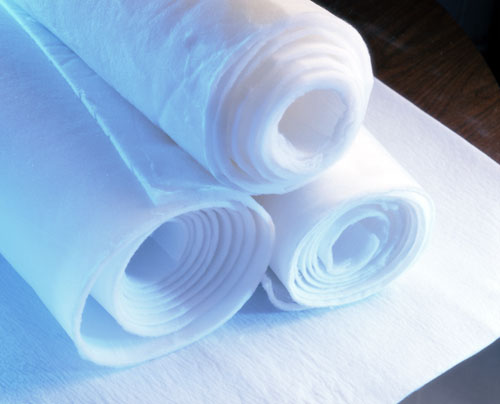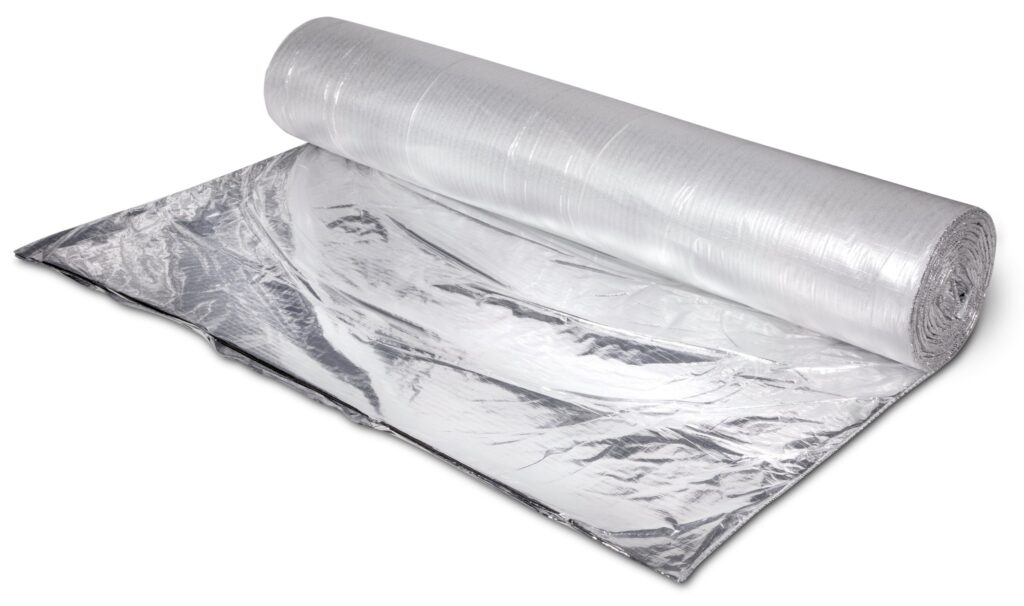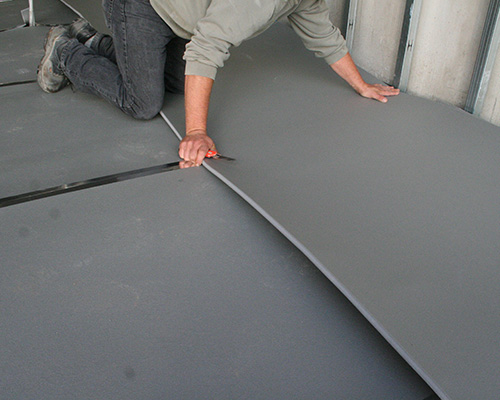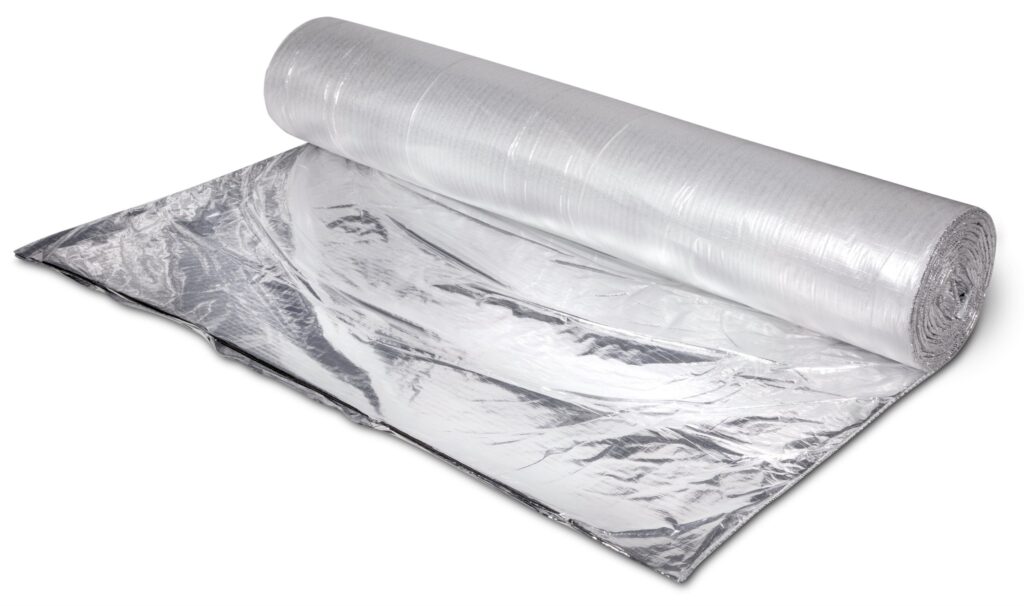When deciding to insulate your home, there are various things you need to consider. They include the material type, length, r-value, and thickness, to mention but a few. However, we will emphasize the suitable insulator depth to install for your home. Many homeowners often wonder, “can thin insulations work for my home?”
You can use thin insulation for your home’s floor, walls, and ceiling. Examples of thin insulation include aerogel, solid floor insulation, and flexible sheets, to name a few. There are many advantages to thin insulation, including easy installation, moisture resistance, and excellent insulation performance.
What are the benefits of thin insulations? Are they affordable? Is it easy to access them?
Curious about thin insulations? Read on to find more info!
Types of Thin Insulation
It is not strange to want the best materials when insulating your home. Most people prefer thin, affordable, and effective insulations for the job.
Below are some thin insulation types you can consider when insulating your ceiling, attic, and wall:
- Aerogel insulation (e.g. Thermablok)
- Solid floor insulation (e.g. FloorQuilt)
- Thermal underlay (e.g. insulTop 15)
Let’s go through specific examples of thin insulation to highlight their qualities and applications.
1. Thermablok Aerogel
Aerogel is obtained from a wet gel in a process that replaces the entrained liquid phase with air. Aerogel materials are found in silicate materials and represent a structural morphology – amorphous, open-celled nanofoams – instead of a specific chemical body.

Aerogel is also called “frozen smoke,” and it isn’t easy to adapt for use due to its fragility and compressibility. It is no strange news that the compressibility of an insulating material diminishes its insulating use.
But, Thermablok aerogel overcomes these downsides with a proprietary thermal process that reinforces its formula so that the end product is by far the least compressible out of other aerogels. Hence, it can be bent or used under pressure and still maintain its fantastic insulation properties.
Aerogel is flexible and nonporous blanket insulation with the most reduced thermal conductivity of any material available. Thermablok Aerogel lessens energy loss by boosting thermal resistance within the slightest depths in tight tolerances.
It conserves gross internal areas or the interior space in commercial and residential building applications. Thermablok aerogel is usually used for complete coverage of walls, roofs, floors, framing, and windows to supply maximum energy efficiency.
It is also available in various specifications with varying thermal conductivities and fire classes. So, it is left to you to specify the appropriate material for the application you want correctly.
To install this insulation, you need to measure first so that you don’t waste the material, then proceed to lay it correctly. You don’t have to worry because its flexibility will be an advantage. In case of any mistakes, fill the gaps with the extras you have from the cuts you made and go with the flow.
- Thickness: 10mm
- Cost: Up to $90
- When to Use: It is best to use aerogel insulation in a high-temp place because of its ability to insulate higher temperatures with a thinner layer and in limited space.
Also, it can be used with delicate and fragile components because of its lightweight. It can be used in places with high humidity because it contains hydrophobic features, which makes it suitable for areas with high moisture exposure.
- R-value: 10.3 per inch
2. FloorQuilt
FloorQuilt is ultra-thin thermal insulation specifically for solid floor use. It improves the thermal performance of your floor and is suitable to use together with hot water underfloor heating systems. The installation of this insulation helps to resist the flow of water through floors, boosts the performance of the underfloor heating via uniform reflection of the heat generated, and is suitable for floors with height issues due to its high insulation and slim profile.

In addition, FloorQuilt boosts u-values in new builds and renovation projects. It is flexible, needs no particular PPE, and is easy to transport. Also, this insulation helps to lessen the impact of unwanted noise to increase the living quality for house owners.
To install this insulation, ensure that the floor is clean from debris, cut according to initial measurement, and lay directly on the surface beginning at the wall edge with a minimum of 100mm overlapping it. Ensure that it is butt joined along the edges where they meet, cover joints with the FloorQuilt jointing tape and proceed to install the floor screeding as instructed by the manufacturer’s guide if you don’t need to install an underfloor heating system.
- Thickness: 6mm
- Cost: Up to $170
- When to Use: It is ideal for floors with limited space, and for floors with underfloor heating systems, and serves as 3-in-1 insulation, vapor control layer, and radiant barrier.
- R-value: 0.800 w/m²K
2. insulTop 15
insulTop 15 a suitable thin thermal floor insulation for limited space when thicker traditional solutions can not be used. InsulTop 15 is a thermal underlay that sits well under the floating screed on the ground floor level. Although it is just 15 mm thick, the high insulation value of the polyolefin foam allows it to serve as the perfect barrier against cold or rising dampness.

Also, this insulation usually partners with an auto-adhesive strip (Stickel Tape) to act suitably as the best waterproof solution for your home. It is waterproof, quite resistant, and flexible, can be applied to places where space is necessary, serves as an ultra-thin cold barrier, is quick and easy to install, and the constitution remains unalterable even as time passes. Therefore, if you are looking for an insulator that is thin and durable, you can choose the insulTop 15 because it will last for a long time without the need to renovate or change.
To install, you need to put insulTop 15 edge to edge and ensure that there are no overlaps. Then, seal the junction with the accompanying adhesive tape and cut it with the wall.
- Thickness: 15mm
- Cost: About $37
- When to Use: insulTop 15 can be used under industrial floors, inside walls, and above cellars, to mention but a few.
- R-value: 1 layer = 0,42 m²K/W; 2 layers = 0,84 m²K/W
What Are the Thinnest Types of Insulation?
The thinnest types of insulation are the ones with the best performance against heat loss through walls, roofs, and floors. An average home loses about 7% of its heat from the floor, 30% from the ceiling, 13% from external doors and windows, and 25% from walls.
However, this can be drastically reduced using thin multifoil insulation, so your home remains comfortable and well-insulated.
We’ve reviewed some of the thinnest insulations at the beginning of this article. Other examples of some of the industry’s thinnest insulation include:
- Thermal Wrap™ 3.5-mm Blanket
- Airloy® HT Flexible Sheet
- Spaceloft® Blanket
- Pyrogel® XT Blanket
You will find many more in the market as many brands continue to manufacture different variants with varying thicknesses. You, however, must ensure that the material you purchase fits your insulation needs and budget.
Does Thin Insulation Perform Worse?
There are lots of advantages to using thin insulation in the home. It saves energy and space, is easy to install, performs highly, and helps to achieve a comfortable temperature in any weather condition. With all these functions, it is safe to say that thin insulation meets its requirement and performs the task well as insulation.
But there are a few downsides, some of which include
- Little or no soundproofing property
- Use of PPE required when handling
- Potential upper respiratory effects from inhaling and/or handling
You can, however, be assured that the pros outshine the cons. If you want to learn more about traditional insulation materials, read our comparison guides such as Rockwool vs Fiberglass Insulation: A Guided Comparison For Homeowners





